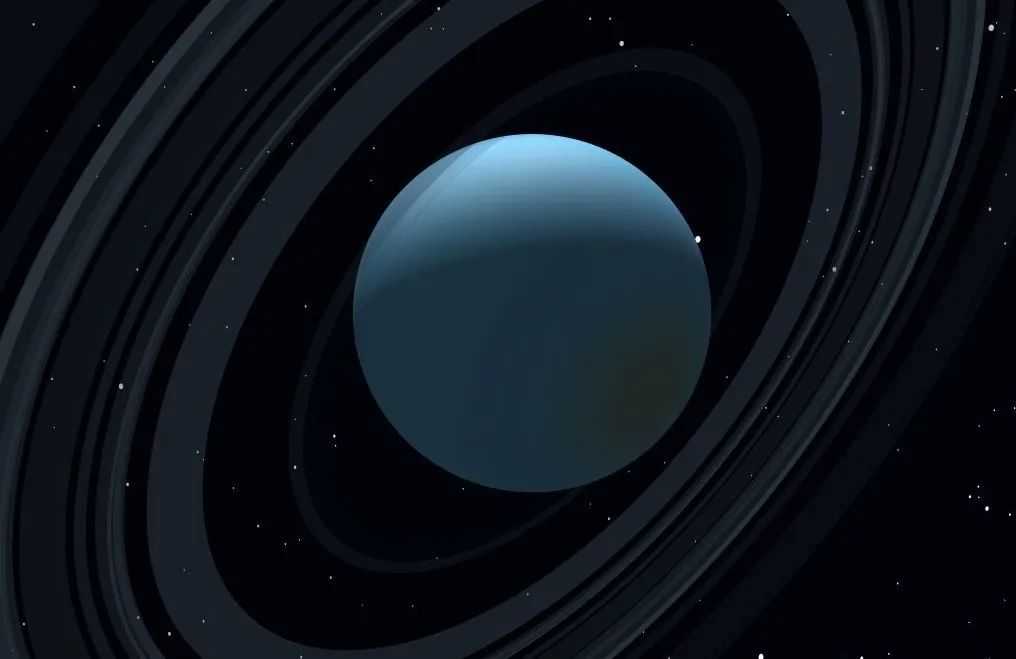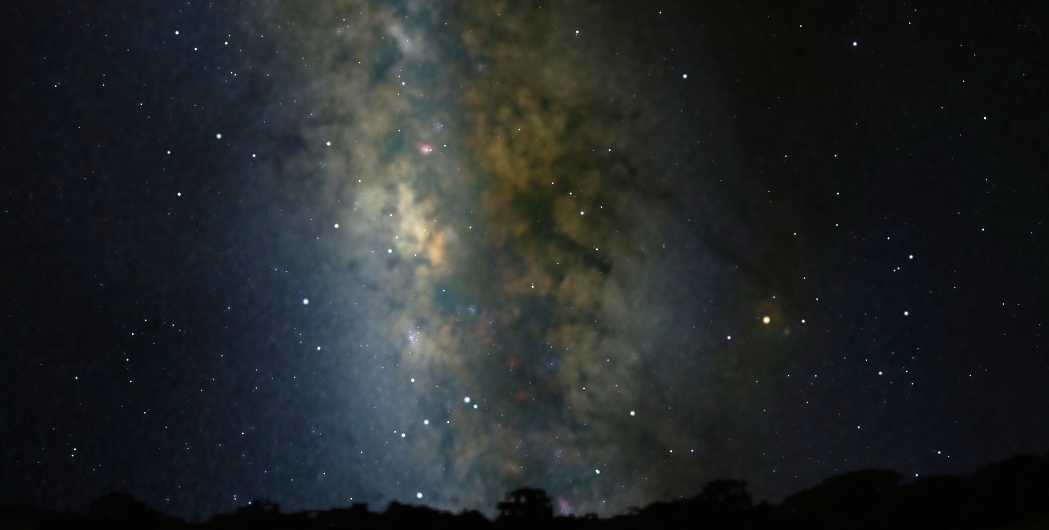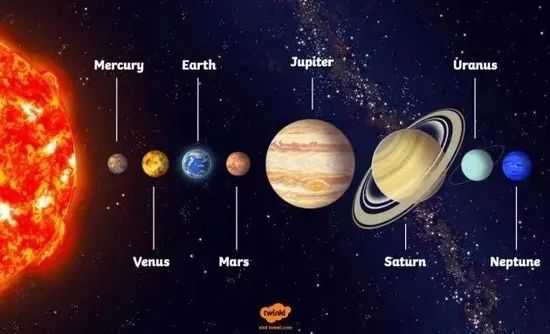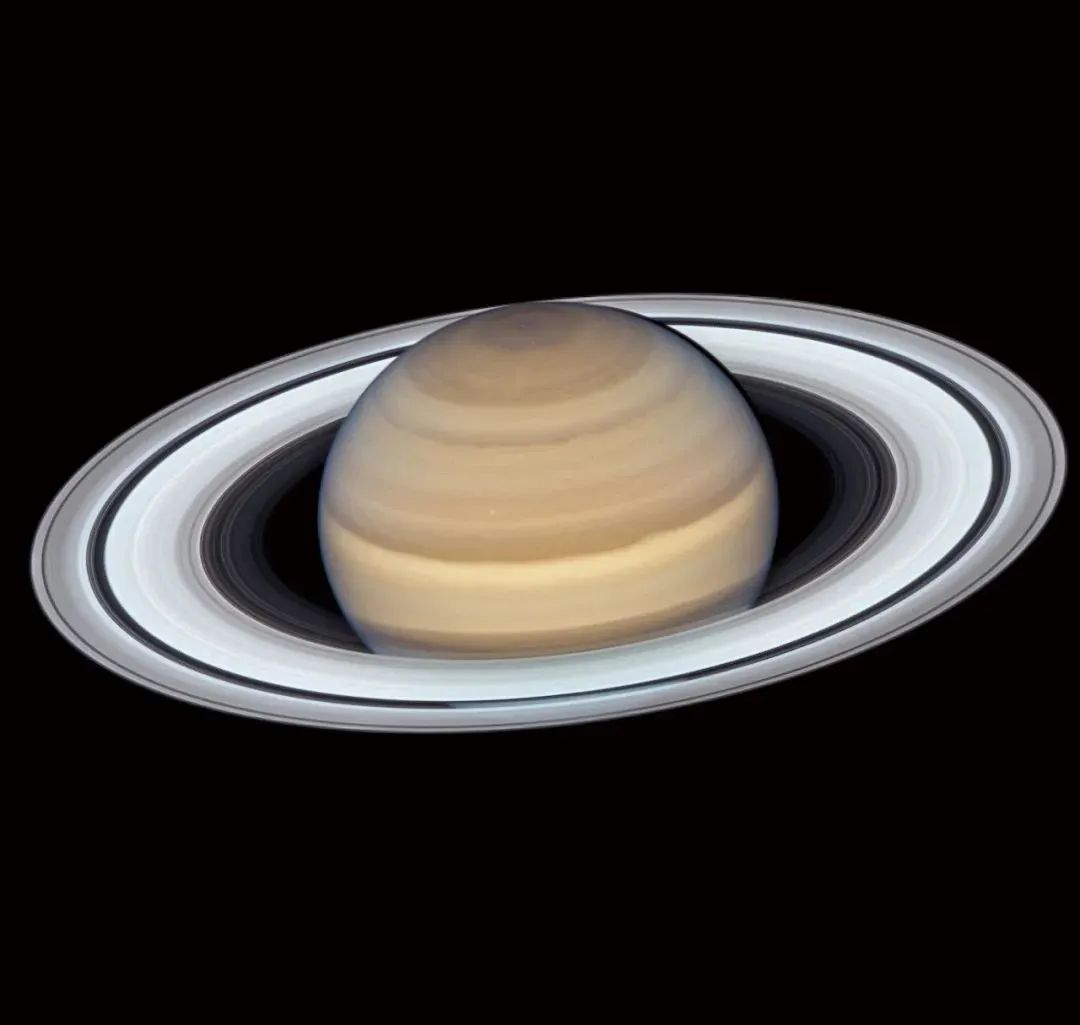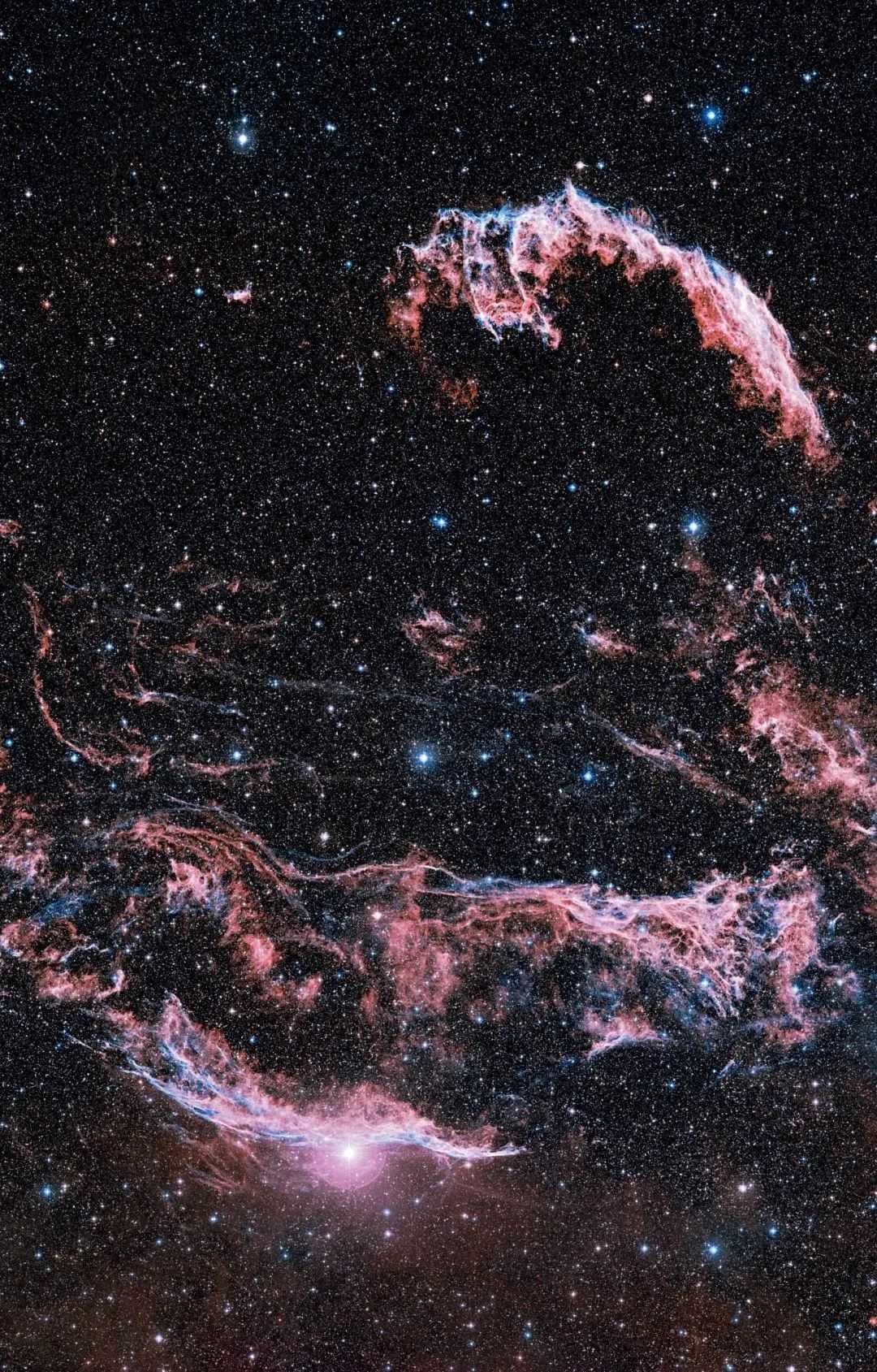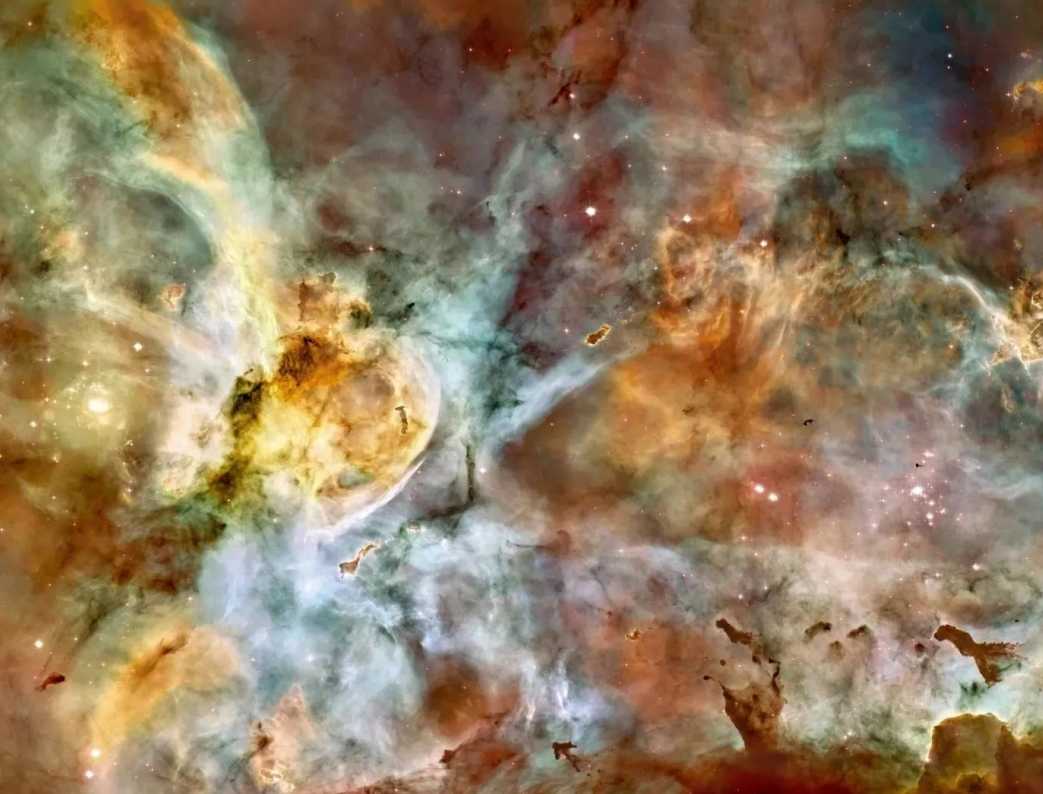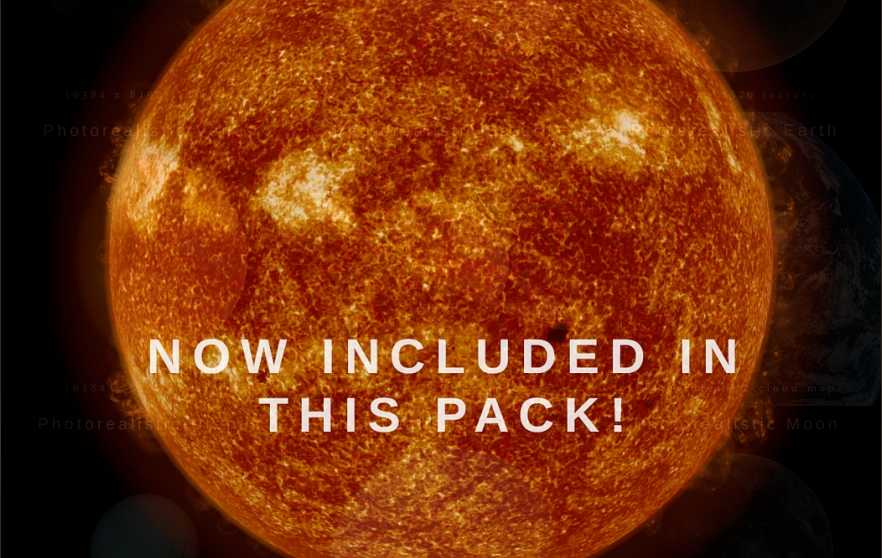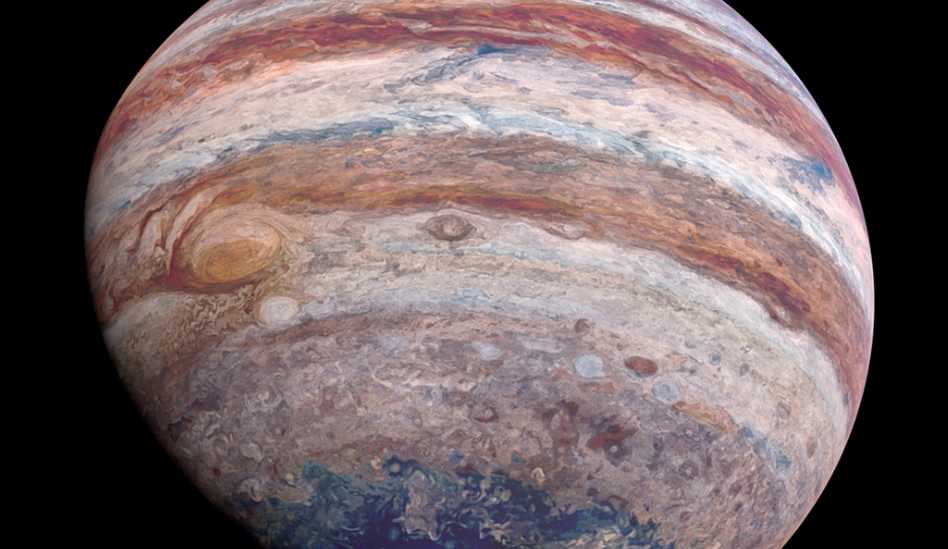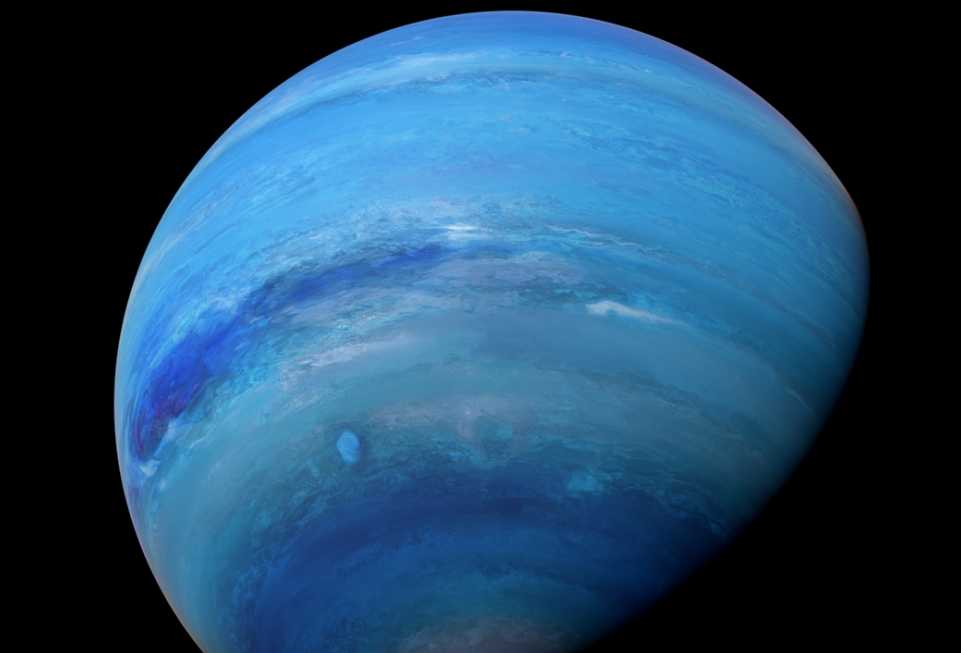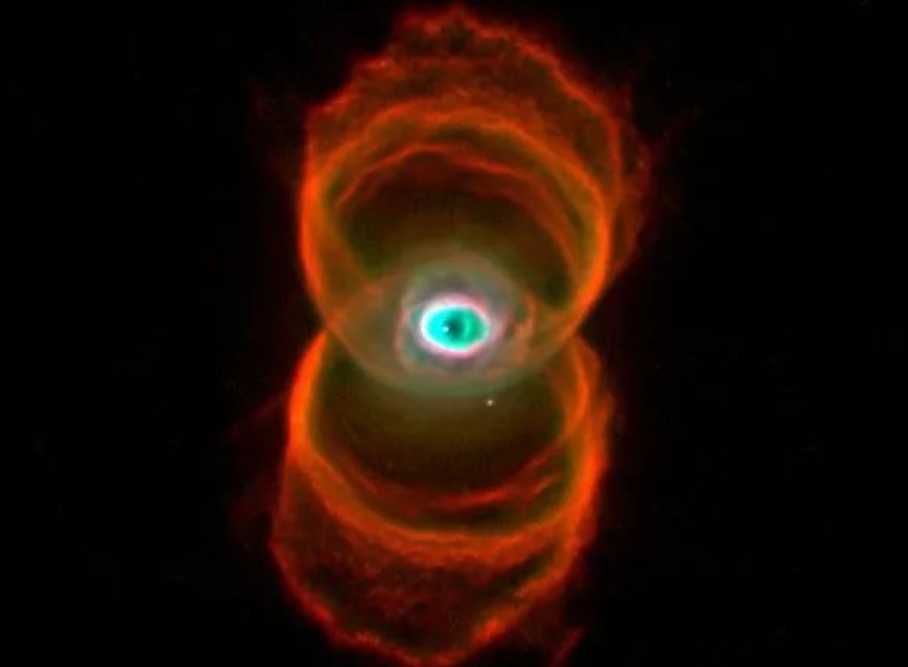Outer Space
The Solar System's Planetary Trio: Terrestrial, Gas, and Ice Giants
While the solar system is home to just eight planets, they are remarkably diverse, categorized into three distinct groups based on composition and structure. This classification—terrestrial planets, gas giants, and ice giants—reveals the dynamic processes that shaped their formation and highlights the vast range of environments within our cosmic neighborhood.
Hubble's Wide Field Camera Captures Saturn's Striking Atmospheric Stripes
The Hubble Space Telescope’s Wide Field Camera has provided a stunning new view of Saturn, revealing the gas giant’s iconic atmospheric stripes in unprecedented detail. This latest image showcases the planet’s dynamic cloud patterns, offering astronomers and space enthusiasts a vivid reminder of the complex meteorology at work on this distant celestial giant.
Jupiter's Auroras: Ultraviolet Rings Illuminating the Gas Giant's Poles
A stunning image captures Jupiter’s auroras—dazzling ultraviolet (UV) rings encircling the planet’s north pole—revealing the dynamic interplay between its powerful magnetic field and its retinue of moons. These celestial light shows, invisible to the naked eye but vivid in UV wavelengths, offer a window into the extreme physics governing the solar system’s largest planet.
The Veil Nebula in Cygnus: A Stellar Remnant of Cosmic Explosions
The Veil Nebula, a captivating celestial spectacle in the constellation Cygnus, stands as a testament to the violent death of a massive star. This expansive supernova remnant, formed when a star exhausted its nuclear fuel and exploded in a catastrophic event, showcases the raw power of stellar evolution and the beauty of cosmic recycling.
The Carina Nebula: A Massive Stellar Nursery in the Southern Sky
Located between 6,500 and 10,000 light-years from the Solar System, the Carina Nebula is a breathtaking region of cosmic activity visible exclusively from the Southern Hemisphere. Renowned as one of the Milky Way’s most dynamic star-forming regions, it serves as a cradle for some of the galaxy’s most massive and luminous stars, offering the public an opportunity to explore the extreme processes that shape stellar evolution.
The Cosmic Snow Angel: Hubble Captures S106 IR's Star - Forming Region
In the vast expanse of the constellation Cygnus, about 2000 light - years from Earth, lies a remarkable star - forming region centered around the young star S106 IR. The powerful radiation emitted by this star has enabled the Hubble Space Telescope to capture an image of the surrounding gas and dust, which strikingly resembles a celestial snow angel, a sight that has captivated astronomers and space enthusiasts alike.
Young Stars in Orion B Molecular Cloud Heat Up the Surrounding Dust
Deep within the vast expanse of our Milky Way galaxy, a cosmic drama unfolds in the Orion B molecular cloud. Located between 1000 and 1400 light - years from our Solar System, this region is a bustling nursery for new stars. Here, young, energetic stars are hard at work, heating the surrounding dust and creating a mesmerizing display of cosmic activity.
The Sun: The Life - Giving Star at the Heart of Our Solar System
The Sun, a colossal ball of glowing plasma, reigns supreme at the center of our solar system. This G - type main - sequence star, often informally called a yellow dwarf, is the most dominant object in our cosmic neighborhood. Its influence extends far and wide, making life on Earth possible and governing the motions of planets, asteroids, and comets.
Jupiter: The Colossal Guardian of the Solar System
As the largest planet in our solar system, Jupiter commands attention with its immense size and dynamic atmosphere. This gas giant, a celestial behemoth more than 1,300 times the volume of Earth, serves as both a gravitational powerhouse and a cosmic laboratory, captivating astronomers and space enthusiasts alike with its swirling storms and diverse moons.
Neptune: The Mysterious Ice Giant on the Solar System's Fringe
Neptune, the eighth and most distant planet from the Sun in our solar system, remains a captivating enigma. Hidden from the naked eye, this ice giant reveals a world of extremes, with its unique features and dynamic atmosphere offering a glimpse into the far - reaches of our cosmic neighborhood.
Pulsars: Celestial Beacons Born from Cosmic Cataclysms
In the vast and mysterious cosmos, pulsars stand out as some of the most extraordinary and enigmatic objects. These highly magnetized, rapidly rotating neutron stars rank as the second - densest celestial bodies, just after black holes. Their origin is deeply intertwined with the most powerful events in the universe - supernova explosions.
The Sombrero Galaxy (M104): A Cosmic Hat of Stellar Wonders
Named for its striking resemblance to a Mexican sombrero, the Sombrero Galaxy (M104) is an iconic spiral galaxy that captivates astronomers and stargazers alike. Spanning approximately 50,000 light-years in diameter and located about 30 million light-years from Earth, this celestial object stands out for its unique structure and immense scale.
The Hourglass Nebula: A Cosmic Ode to Stellar Demise
The Hourglass Nebula stands as a mesmerizing testament to the power and beauty of stellar death. Born from the explosive end of a star's life cycle, this celestial wonder owes its iconic shape to the forces unleashed during a star's final moments, captivating astronomers with its symmetrical, hourglass - like structure.

